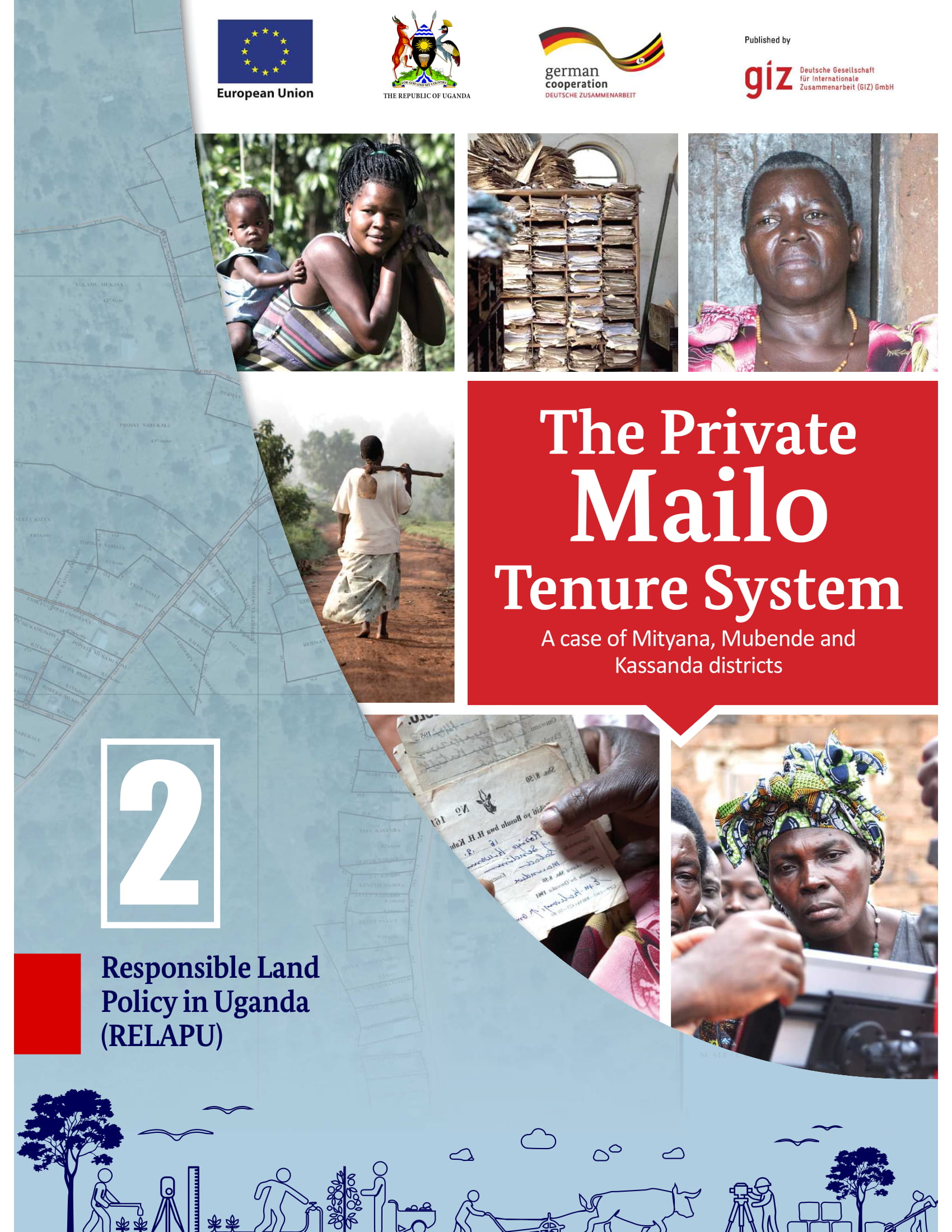The gender gap between water management and water users: evidence from Southwest Bangladesh
Water management in Bangladesh is guided by an intended integrated and inclusive approach enshrined in government legislation since the late 1990s. Based on qualitative and quantitative data collected in the coastal zone, we assess the implementation of these policies with regard to women water uses. First, the analysis of reproductive and productive roles of women establishes that men have a significant role to play in domestic supply, and women use water extensively for small-scale agriculture and aquaculture, the scope of which has been underestimated.
Highlights of soil and water conservation investments in four regions of Ethiopia
This paper provides details of soil and water conservation (SWC) investments in Ethiopia over the past 20 years. It presents SWC practices and estimates the level of SWC investments in different regions. The paper focuses on four principal agricultural regions: Amhara, Oromia, SNNPR and Tigray. Primary and secondary data were collected for the analysis, and consultations were conducted at regional levels. Primary data on diverse SWC practices, their numbers and areal extent were obtained from the archives of regional Bureaus of Agriculture (BoAs).
Adaptation et atténuation en Guinée équatoriale: Acteurs et processus politiques
Bushmeat in the tri-frontier region of Brazil, Peru and Colombia: Demise or persistence?
State spaces of resistance: industrial tree plantations and the struggle for land in Laos
Land grabbing has transformed rural environments across the global South, generating resistance or political reactions “from below”. In authoritarian countries like Laos, where resource investments are coercively developed and insulated from political dissent, resistance appears absent at first glance. Yet, it is occurring under the radar, largely outside transnational activist networks. In this article, we examine how resistance can protect access to rural lands in contexts where it is heavily repressed.
Environmental reserve quotas in Brazil's new forest legislation: An ex ante appraisal
REDD+ at the crossroads: Choices and tradeoffs for 2015 - 2020 in Laos
Cotas de reserva ambiental no novo código florestal Brasileiro: Uma avaliação ex-ante
Overview of water-related programs in Uzbekistan. [Project report of the Sustainable Management of Water Resources in Rural Areas in Uzbekistan. Component 1: National policy framework for water governance and integrated water resources management and s...
The private Mailo tenure system
Mailo is a unique tenure system in central Uganda. It is divided into three parts: Kabaka’s Mailo, Official Mailo and Private Mailo. Private Mailo belongs to an individual, so-called landowner and it can be sold, subdivided or transmitted. Conflicts on private Mailo can occur between landowners & tenants, tenants & tenants, and landowners & landowners. A key challenge is that there is a lack of knowledge and transparency on land rights on both sides.
The private Mailo tenure system
Mailo is a unique tenure system in central Uganda. It is divided into three parts: Kabaka’s Mailo, Official Mailo and Private Mailo. Private Mailo belongs to an individual, so-called landowner and it can be sold, subdivided or transmitted. Conflicts on private Mailo can occur between landowners & tenants, tenants & tenants, and landowners & landowners. A key challenge is that there is a lack of knowledge and transparency on land rights on both sides.


